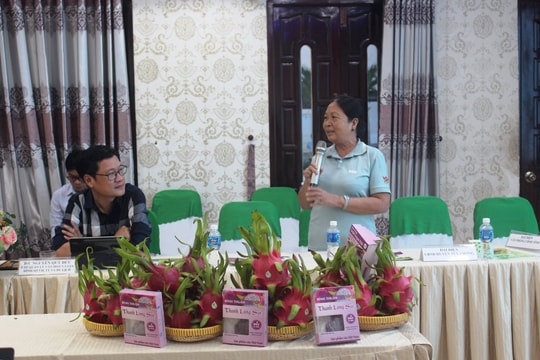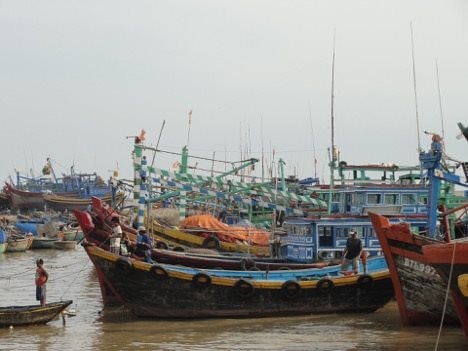 |
Foreign exchange fluctuations were partly responsible for the drop in the total value of foreign sales last year coupled with significantly reduced demand in several key markets including both the EU and US.
The fall in exports marked the end of a two-decade-long run in overall growth in production and total exports.
Now the industry is facing rough waters and a sea of problems, not the least of which, is the growing concern related to seafood safety and quality issues exacerbated by intense price competition from other exporting countries.
Antibiotic residues
Most concerning to VASEP is the spike in the number of shipments of seafood (including all edible fish, crustaceans and shellfish from fresh or salt water) being rejected by importing countries due to unacceptable levels of antibiotic residues and other contaminants.
The nation’s seafood exports totalled US$6.7 billion in fiscal year 2015, according to VASEP, registering a sharp 15% decline compared with consignments of US$7.9 billion for the previous year.
Farmed product accounted for roughly 65% of the total production in 2015 in terms of value.
Frozen shrimp, mainly black tiger prawn, is the segment’s largest seller, accounting for about half of the total export value, followed by Pangasius catfish at about 25% market share.
Seafood is the nation’s largest foreign currency earner and the fifth largest export item trailing clothing and textiles, electronics, crude oil and footwear, says VASEP.
However, the global market for fish is highly volatile from year to year, says VASEP, noting that in 2014 exports experienced about a 16% surge in value only to swing back down by 15% last year.
Competition
Strong competition from farmers in India in addition to other Southeast Asian and South American countries accounted for a large proportion of the drop in sales in 2015 says VASEP.
Frozen shrimp sales in the US, one of the key overseas markets, was off by more than 50% for most of last year, while shipments to the EU, another key customer, declined 20% in value.
Among the 28 countries in the EU, only the UK saw an increase in imports of frozen shrimp for the year, while Germany and the Netherlands both experienced significant reductions in sales.
Although it’s anticipated the EU buyers will replenish their inventories this year, VASEP is concerned that an EU-Ecuador free trade deal that comes into force in October, 2016 will result in the lion’s share of those purchases going to Ecuadorean exporters.
Shrimp exporters in Ecuador presently can ship a quota of 20,000 metric ton of product to the EU market tariff free for 2016. After the quota is reached they will enjoy a 3.6% tariff on the excess frozen uncooked shrimp exports, instead of the 12% tariff Vietnam exporters are subject to.
That is until the new EU-Ecuador trade deal comes into force, at which time the quota for duty free shrimp exports from Ecuador raises to 40,000 metric tons, before the lower 3.6% tariff kicks in.
Vietnamese Pangasius producers also are facing reduced demand for product, according to VASEP. This is largely due to lower demand from major markets including the US, Brazil, Mexico, EU and other Southeast Asian nations.
Achieving the target of 4.5% increase in exports for 2016 is proving to be problematic, says VASEP, especially on the back of increased price competition from shrimp farmers in India, Indonesia, Ecuador and China.
Particularly after these countries devalued their currencies against the US dollar to gain a price advantage, which is making the already rough waters a bit more turbulent to navigate.
VOV




















.jpg)




.jpeg)

.jpeg)


.jpeg)


